Everything you need to know about nails
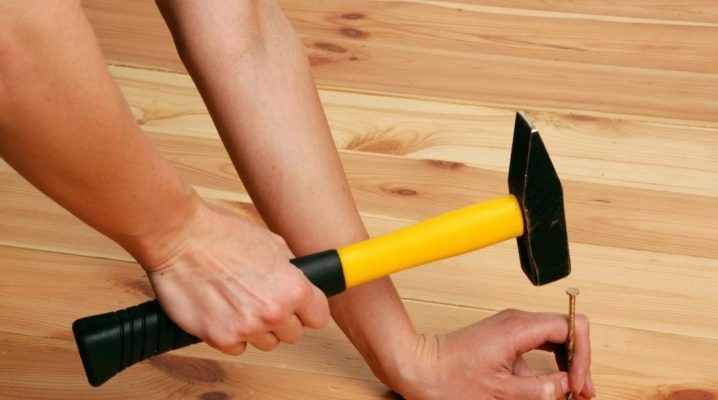
Everything you need to know about nails can be covered in many volumes. But it is necessary to briefly describe what nails are, what types of nails and sizes according to GOST are, how to hammer them with a nailer. There are a number of other noteworthy questions: what is the notch made about the cap, how many nails are in 1 kg, and so on.

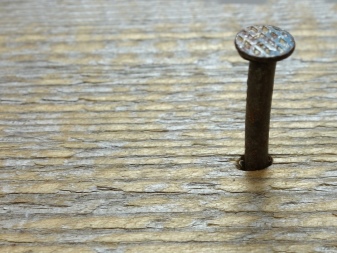
What it is?
The official definition of a nail is "hardware with a sharp working part and a rod." The shape of such products can vary significantly. They are mainly used for joining wooden structures. However, occasionally this fastener is also in demand when joining other materials. It is known that when the very first nails appeared, they were not made of metal at all.
At that time, metal smelting was an extremely difficult business and was practiced mainly for more demanding tasks. Metal nails were invented in the Bronze Age.

Then the practice of casting or forging them became widespread. Later they mastered the use of wire. The nail became a cheap mass commodity not earlier than the beginning of the 19th century, when machine production replaced manual production.
In ancient times, this thing looked completely different from what it is now. It had no cap and had only a cylindrical part. It is these products, however, that have been used even in shipbuilding for many centuries.
There was a separate specialization - the blacksmith-nail. And in every country there were thousands of such masters, and they could not complain about the lack of references. And today this product is in demand everywhere.

How are nails made?
On nails for construction needs (the most massive type) in Russia there is GOST 4028-63... The sizes and symbols, design features are spelled out there. For the production of such hardware, first of all, wire is needed, and, accordingly, equipment that can form it correctly. Mostly manufacturers buy low carbon steel wire. Other material is used only for a strictly defined range of tasks.
Technology varies based on emerging demands and applicable regulations... In this case, a more complex option involves molding the cap under pressure on a special rotary press. A simpler approach is to shock the workpieces. The notch around the cap is not done purposefully, it is just a side effect of clamping in a special mechanism.
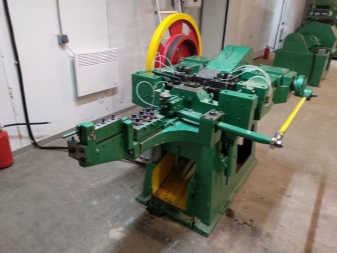
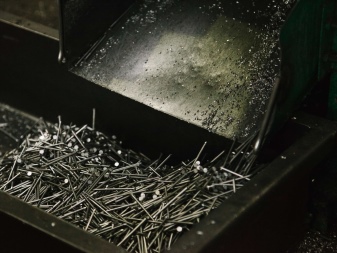
Sequence of operations:
- inspection of raw materials and checking the strength of steel;
- laying the coil on the unwinding device;
- wire pulling for a set length;
- gripping metal with clamping jaws;
- the formation of a cap under the action of a striker;
- the formation of the tip;
- throwing the nail out;
- cleaning and finishing the surface in the tumbling drum.
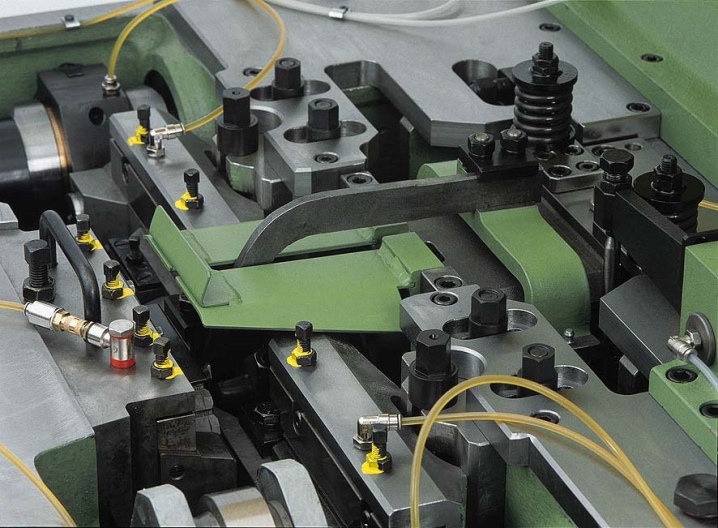
Views
There are different types of nails.
Construction
This is a product that, in the minds of most people, is precisely associated with the term "nail". A cap that resembles a cone or has a straight shape is attached to the smooth body. The production of construction nails is carried out on a huge scale. Depending on the use outdoors or inside buildings, the surface may be covered with a protective layer or refuse to use it.
Their low price and a variety of size range also testify in favor of construction fasteners.

Screw
They also have an alternative name: twisted nails. The name is associated with the execution of the functional rod (it has a screw thread applied to it)... As in the previous case, there is a division into products for indoor and outdoor use. Such hardware is in demand for connecting structures subject to strong deformations. Twisted nails are often bought when you need to work with fiberboard and chipboard.
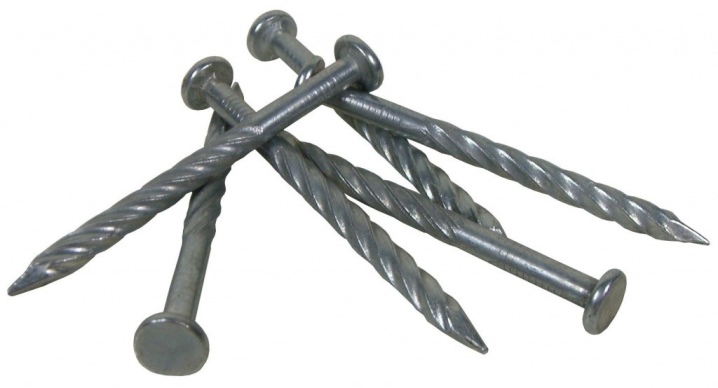
Roofing, slate and roofing
They are intended, as the name implies, for the most reliable connection of roofing materials to the base. This requires not only corrosion resistance, but also conventional mechanical reliability. To fix the roofing felt and roofing material, the so-called roofing buttons are used. Their cap not only eliminates tearing of the soft pliable material, but also allows you to hold it more firmly. The design is similar to the execution of the usual pushpins, however, the product turns out to be noticeably larger in size.
Flexible shingles are visually similar to a simple roofing felt. But it definitely needs special fasteners. They are made of galvanized metal. There are also roofing nails:
- roofing;
- perfected;
- intended for a pneumatic pistol.
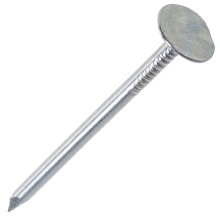


Comb
It is generally accepted that this is another name for finished hardware. This fastener has a very powerful performance. The shaft is equipped with transverse notches inclined at an angle of 65 ° towards the tip.
When a pierced nail is hammered in, it can only be pulled out if the material is severely damaged. All such products are zinc coated.
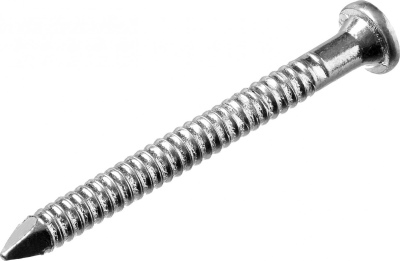
Finishing, plinth
Finishing, they are also carpentry, nails are needed for finishing work inside the house. They can be used to mount plywood and window frames. The chrome-plated hardware is silver in color. The length reaches 25 cm, and the cross-section of the rod ranges from 0.09 to 0.7 cm. Sometimes the head is equipped with a recess, which makes it easier to hammer the element.
In addition to chrome-plated, there are also devoid of coating, galvanized and copper-plated options. The hat of the finishing hardware is smaller than that of its construction counterpart. It is completely sunk into the material. As a result, an improved appearance is provided. The deepening of the structure also guarantees safety.
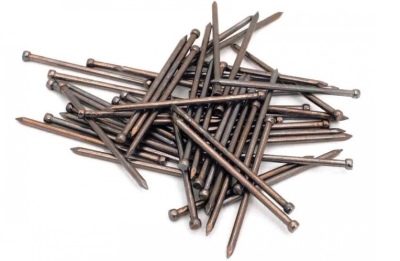
Decorative
As the name suggests, nails like these look especially good. They are often used in the construction of elegant structures and design elements.... Strong reliable materials are released for the manufacture of such fasteners.
There are options with a small head or a round head. The geometry of the head can also vary.

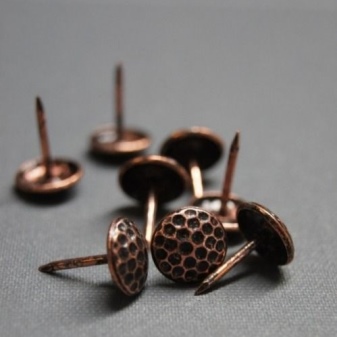
Dowels
Technically, a dowel is a sleeve or sleeve. Modern fittings of this kind have gone far beyond the wooden chopika pipe used in the old days. It is quite possible to mount them in the hardest materials. When inserted inside, the structure expands and is securely held. Usually other hardware is introduced into the dowels.
Boot nails are not associated with construction and repair work. But nevertheless they are very much needed. Without such products, it would be unthinkable to imagine the production of footwear. Among them there is an additional division into types:
- protracted;
- plantar;
- heel-plantar;
- heel-printed.
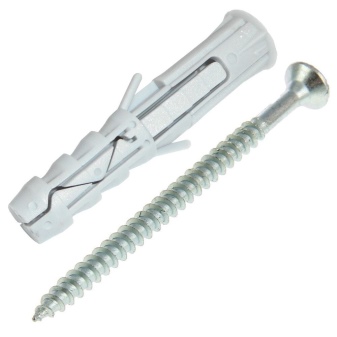
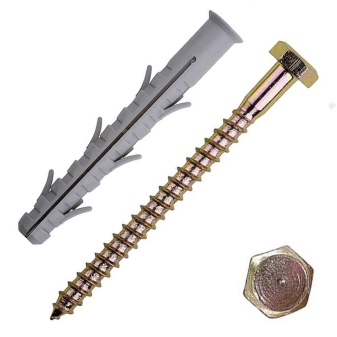
The last option, in turn, is divided into formats:
- QC;
- KNP;
- KM;
- K (needed for fastening and when assembling heels);
- KM;
- KA (in demand in automatic production);
- ND;
- НЖ (for heels of women's shoes);
- ABOUT (used in heavy footwear for highly specialized purposes);
- HP (for attaching rubber heels to a leather base);
- KV, KVO.
Upholstery nails are used in furniture manufacturing.


They should be fastened securely, but not visually stand out. An upholstery nail, correctly selected, allows you to achieve a chic appearance. By choosing their layout, it will even be possible to arrange an original design drawing. The length is relatively short.
Drum nails stand apart. They are designed for pneumatic tools. Most often, pallets and boxes are assembled with such fasteners.In some cases, they are bought to fix frame elements and do rough finishing. Drum nails:
- easy to use;
- reliable and firmly connecting materials;
- do not unnecessarily reduce the resource of the pneumatic tool.
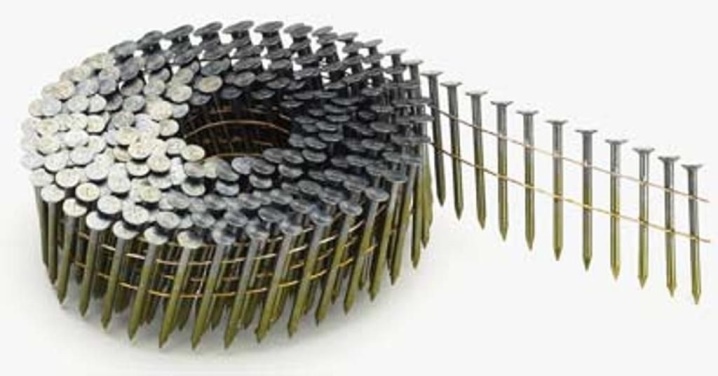
Materials (edit)
In the past, forged nails could be found in any home. But they were used not so much for mounting as as hooks. They were hanged on household inventory, clothes. A nail embedded in the door jamb turned into a simple lock. Today forged hardware of this kind is actively collected.
In some cases, wooden nails are used. They are needed for carpentry and joinery work. First of all, we are talking about dowels. Mostly hardwoods are released on them. Logs are connected with round or square elements.
The first type is more expensive, but simpler, the second, despite its cheapness, causes problems during installation.
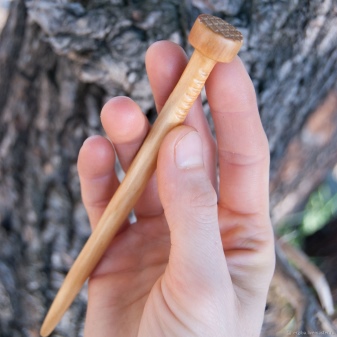
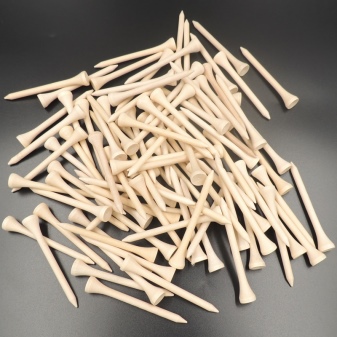
Joiners often use dowels. Basically, these are rods with a smooth or grooved design. They are nailed down or glued into the holes. Copper nails are much older than the usual iron ones, but due to the high cost they were gradually replaced. The reason is simple: for a long time they could only be forged by hand, which turned out to be extremely laborious. Brass nails are:
- finishing;
- models with a large hat;
- decorative items for upholstered furniture.
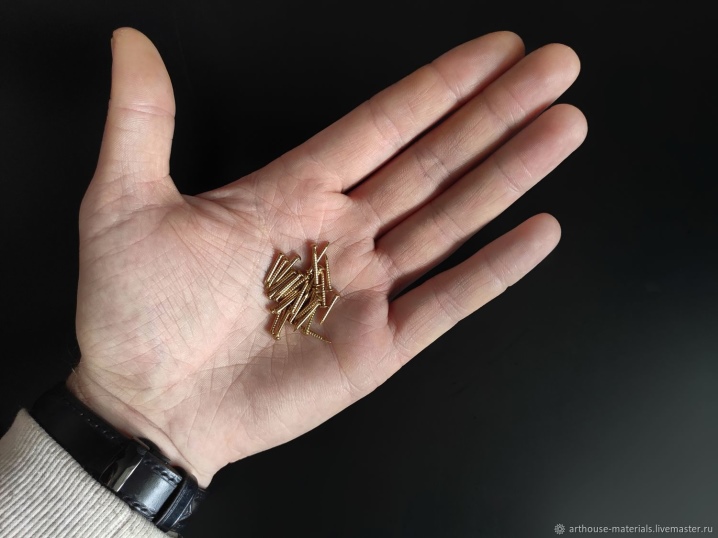
Dimensions and weight
The easiest way is to calculate the amount of 1 kg for nails that meet the Russian standard 4028-63. So, the smallest of them, 0.8X8 mm in size, will pull in the amount of 1000 pieces by only 0.032 kg. Remarkable hardware 1X16 mm, which weigh exactly 0.1 kg. Usually the box weighs 50 kg (excluding its own weight). Other indicators for the nails themselves:
- for the size 1.6X40, the typical weight is 0.633 kg;
- hardware with a size of 1.8X50 mm weighs 967 g;
- with a size of 3.5 by 90 mm, the mass increases to 6.6 kg;
- 4 mm rods 100 mm long will pull 9.5 kg;
- the largest nail provided by the standard, in the amount of 1000 units, weighs 96.2 kg.

Selection Tips
The range of nails is not limited to the listed items. And first of all, you need to evaluate the required length, that is, how deep you need to drive the hardware into the base. It is also necessary to accurately determine the intended purpose of the product, so that its execution is consistent, so that the fastening is reliable, and the material does not collapse. Ferrous metal nails are only suitable for dry rooms.
Galvanized or chrome-plated products are more versatile, brass and copper are even more effective in protecting against corrosion, but they are also more expensive.
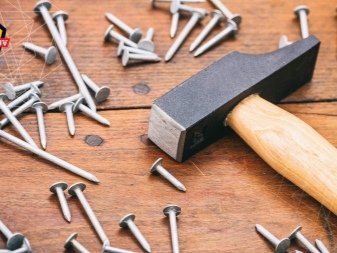

How to score correctly?
It is not so easy to drive the purchased nails into the wall.... First, you need to put the hardware to the right place and lightly knock on the hat. If it bent when hammering in, then it is necessary to straighten the problem area with pliers and continue working. It is important to remember that when connecting parts and attaching something to the wall, you need to drive the fasteners 2/3 into the lower part.
To fix the hinged structures, it is better to take the hat slightly towards the ceiling. This will increase the resistance to stress. When installing wooden floors, nails are driven into all boards except the first one at a certain angle. Therefore, the boards will be pulled up to those walking in front of them. An exception is the situation when it is necessary to maintain a strictly defined gap.
In addition to a hammer, you can also use a pneumatic nailer, also known as a nail gun. As soon as the trigger is pressed, the piston drives in the hardware. The blow allows you to drive him to the full depth. Sometimes you can drive in 120-180 nails in a minute. They are pre-loaded into a drum or magazine (the first option is more capacious, but also heavier).
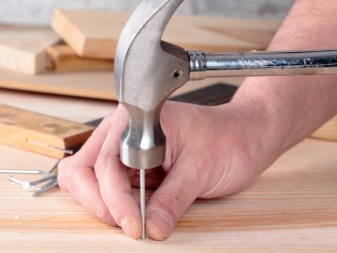
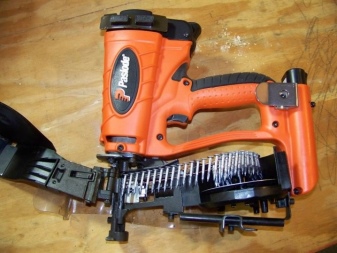













The comment was sent successfully.